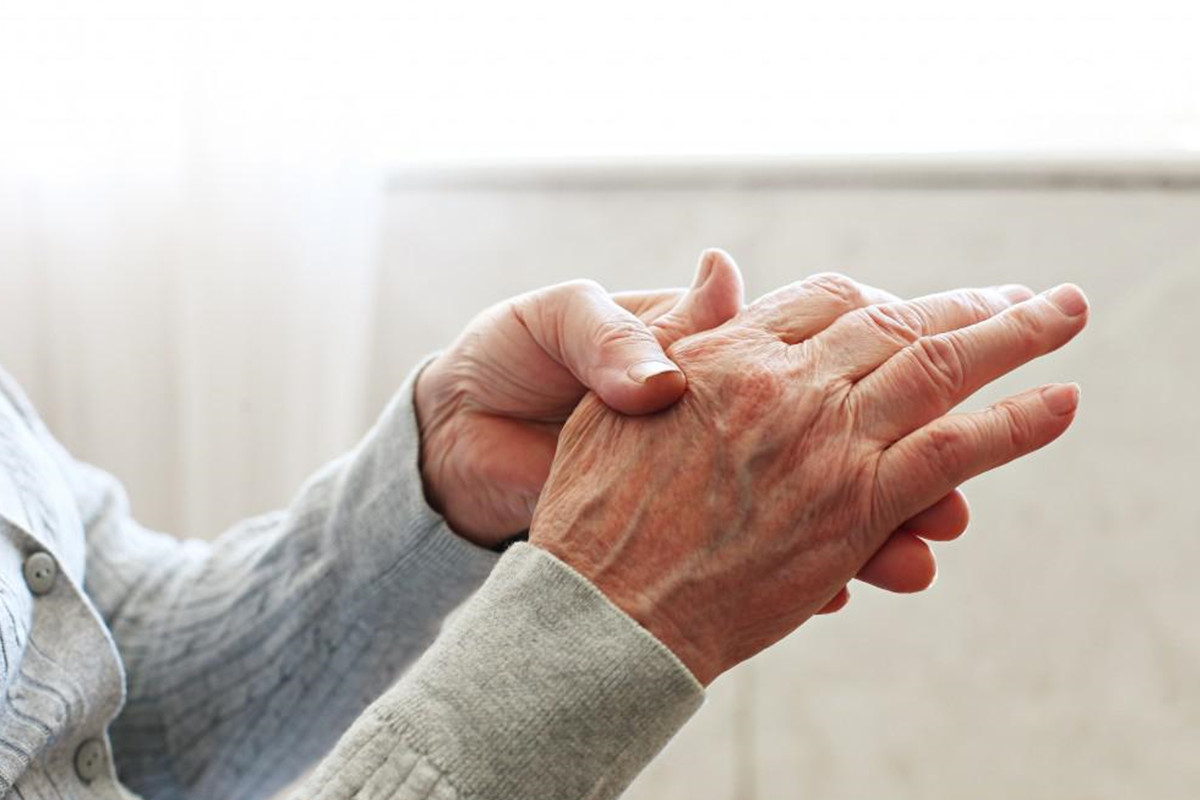Introduction
Angiogenesis is the process that allows new blood vessels to grow from pre-existing ones. Although angiogenesis happens in many parts of the body, it is most prominent in sites where a healing response has occurred such as wound healing and embryonic development. In rheumatoid arthritis, angiogenesis occurs to create leakage of synovial fluid into the joint leading to damage.
The following are symptoms of rheumatoid arthritis;
1) Inflammation of the synovial membrane
Inflammation of the synovial membrane is the hallmark of rheumatoid arthritis. The synovial membrane is a thin layer of tissue that covers the inner surfaces of all joints except that in the skull. This tissue helps protect the joint from bacteria and infection, but it also acts as a communication system to carry information between your body and your brain about joint pain or other sensations coming from that part of your body.

2) Extracellular matrix degradation
The extracellular matrix (ECM) is made up of a complex network of proteins and other substances that help create the structure and chemistry of all connective tissue. ECM is broken down in rheumatoid arthritis as part of an inflammatory process. This results in the production of multiple inflammatory factors, including IL-1, IL-6, TNF-alpha, and others. The breakdown of the ECM occurs over a long period where it occurs slowly, but very much in stages.
3) Bad blood vessel growth
There are several factors involved in the formation of new blood vessels, but it all begins with the activation of p38 MAPK to produce nitric oxide (NO). This leads to angiogenesis as a natural response to alleviate the pain. However, this process is also damaged or removed from rheumatoid arthritis because of immune system dysfunction. The vascular protease new vesicle inhibitor (NVI) is one factor that reduces or prevents angiogenesis.
Conclusion
Rheumatoid Arthritis (RA) is a chronic inflammatory disease that is characterized by chronic synovitis of the joints, swelling, and pain. It is a multifactorial disorder that involves different etiologies. The first cause of tissue destruction in rheumatoid arthritis is the immune system activation against its own body’s tissues.

